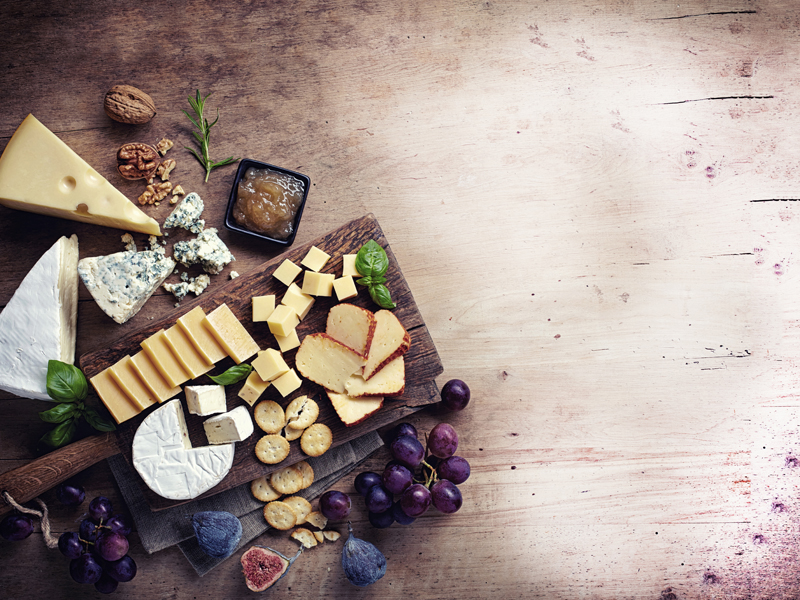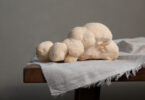As a caterer, I can confidently say that I’ve done my fair share of cheese platters. It’s a crowd-pleasing opener. But lately I’ve been pushing more of my clients to hold the cheese for dessert.
Why? Because cheese is amazing!
Seriously. What I’m hearing more from my clients is that they’re looking for a dessert option that’s not too sweet, that’s refreshing, and that’s appealing to many palates. They want something different. Those opting for cheese plates have been pleasantly surprised, as have their guests. One guest appreciated having something to pair with her leftover wine from dinner.
Time and again I’ve witnessed guests hit the cheese hard before dinner, which can wreck your appetite, but mindful portions after a meal allow you to appreciate the cheese’s flavors.
I don’t know about you, but when I launch into dessert after a savory and beautiful meal, a sweet dessert erases the meal; however finishing off on another savory level continues the experience.
Make no mistake; cheese can be sweet. Super-aged Gouda possesses a slight sweetness. If you can find a 3-year-old Gouda, you’ll taste some surprising caramel notes. Also, cheese paired with dried and fresh fruits, marmalades, or jams give you a refreshing sweetness. Add some port or sherry with your cheese to enhance the experience.
Ready to wow yourself and your guests with a cheese platter as your grand finale?
The Power of Three.
A trio will deliver enough diversity without being overwhelming. When it comes to choosing what kind of cheese, it’s best to showcase a hard, a soft and a blue.
Here are my recommendations:
Hard — Pair with nuts.
1. Aged Gouda. With its burnt caramel flavor, this staple from the city of Gouda in the Netherlands is one of the most popular cheeses in the world. It accounts for 50 to 60 percent of global cheese consumption.
2. Midnight Moon. A Gouda-style cheese produced in the Netherlands and sold under the Cypress Grove label, its flavors hint of brown butter with intense caramel undertones.
3. Apple Walnut Smoked Promontory. Cold-smoked over red apples and Utah walnut wood, this cheese hosts a nutty, subtle sweet and smoky flavor.
Soft — Pair with marmalade.
1. Palet de Babligny. From the Loire Region of France.
It is a soft-white cheese made from cow’s milk with a slight fruity flavor.
2. Brillat-Savarin. Produced by three dairies situated in the Île de France region. This triple cream dessert cheese has a fat content of at least 75 percent.
3. Vignotte. Produced in the Champagne-Ardenne region of Normandy. It is a high fat, triple cream French cheese made with pasteurized cow’s milk.
Blue — Pair with dried fruit.
1. Roquefort. Made in France from sheep’s milk, it has a salty, sharp and tangy flavor.
2. Bleu De Causses. A close cousin to Roquefort, it is produced in the Languedoc region of southern France. It has a sharp and spicy flavor.
3. Stilton. This is the quintessential English cheese. Made from cow’s milk, it has a spicy and strong flavor.


